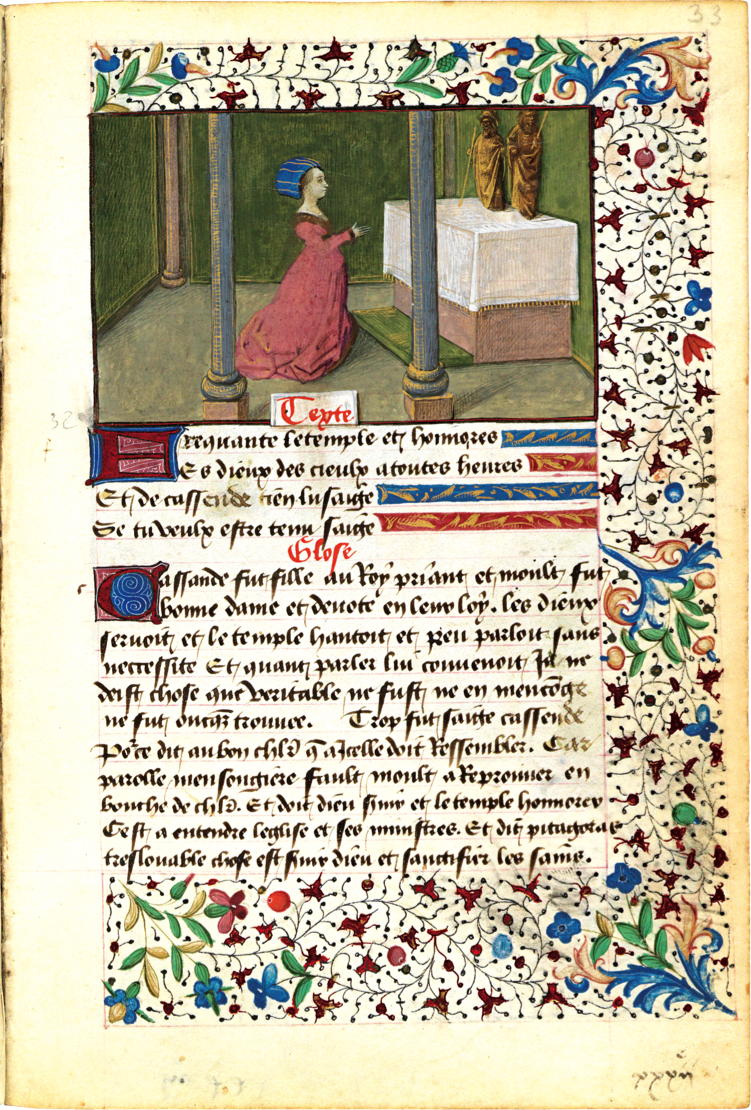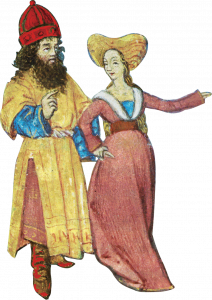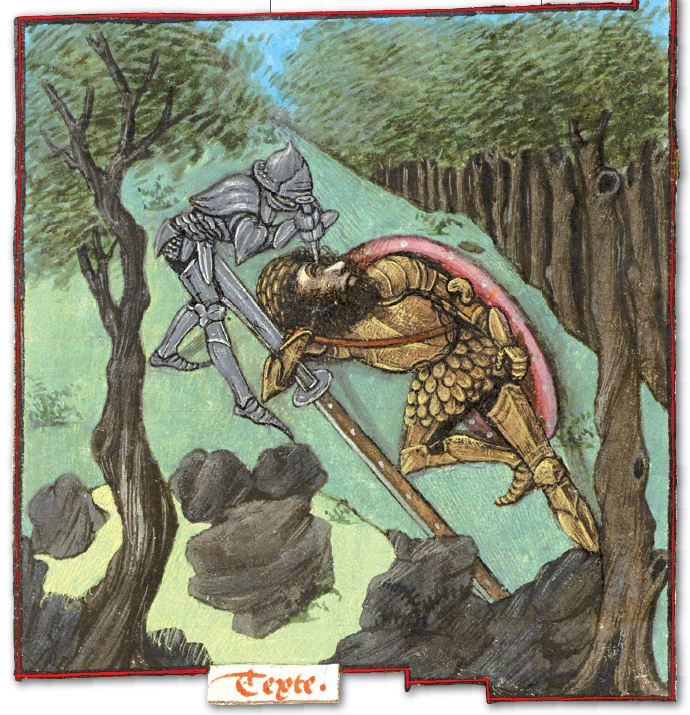Why not take a minute to read a brief description of the work of an extraordinary woman and poet? We are talking about Christine de Pizan, author of L’Epistre Othéa and Livre de la Cité des Dames.
In a delightful manuscript from the Koninklijke Bibliotheek of the Hague, an extraordinary woman, Christine de Pizan, provides in allegorical form a series of precious advice for a happy and virtuous life. This is how L’Epistre Othéa was brought to life. A true all-female writing jewel offered in facsimile by Müller und Schindler.

Out of 96 parchment sheets of the manuscript, 98 miniatures of exquisite workmanship come with the French book in which Othéa, the wisdom goddess, gives the 15 year-old Hector of Troy one hundred pieces of advice which will make him the most cherished and honored hero across the centuries.

One hundred examples deriving from mythology, legends and stories of the Ancient Greece, gathered by Christine de Pizan under the form of a moral handbook for the use of the Trojan Prince. Among the sources from which the poet taps into stand Metamorphoses by Ovid and, in particular, a medieval transposition from a moralizing point of view: Ovide moralisé. Through Othéa, a goddess she invented, the poet takes up some lines of the Ovidian poem, not only by commenting and interpreting them in an allegorical way, but by instructing in this way her readers and teaching them a series of essential moral precepts so as to become knights and achieve the salvation of the soul in Christian sense.

In her attempt to reconcile the Pagan past, highly considered at that time, and the Christian present, l’Epistre Othéa is a significant example of the humanistic trends which flourished between the end of the XIV and the beginning of the XV century in Paris. Because it was right in Paris, between 1399 and 1400, that the poet, born in Venice and grown in France at a tender age, gave birth to her astonishing work.
Article written by Dieter Röschel for Alumina – Pagine Miniate.
Order your subscription to Alumina today!
Subscribe to Our Newsletter


